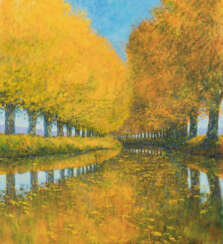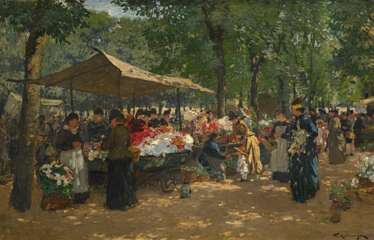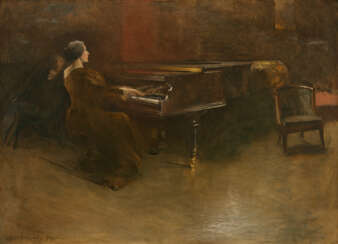germany and france
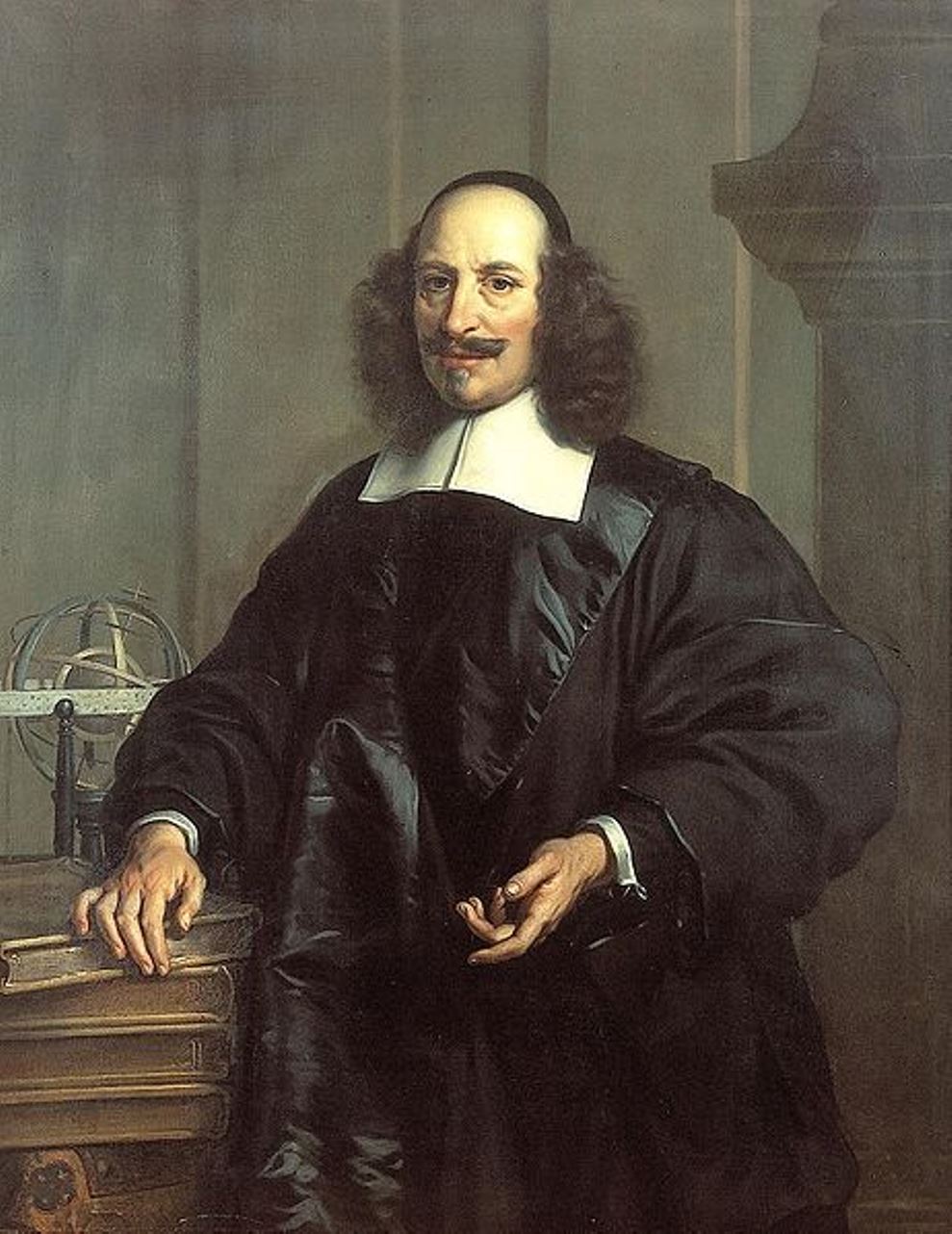
Jan (Joan) Willemsz. Blaeu was a Dutch cartographer, publisher and judge.
Jan was born into the family of the cartographer and publisher Willem Janszoon Blaeu (1571-1638). He studied in Leiden, where he earned a doctorate in law, and in Padua. He then began to assist his father, who was engaged in the manufacture of globes and maps. After his father's death, Jan, together with his brother Cornelius, continued his work, and succeeded him as cartographer for the Dutch East India Company.
In 1651 Blaeu was elected to the Amsterdam city council and later appointed as a judge. At the same time, he was engaged in his publishing business: he continued to publish volumes of Atlas novus, which contained maps of English counties and, for the first time, an atlas of Scotland, as well as one volume of maps of the Far East.
Blaeu did not have time to complete his most ambitious project, but it made him famous as the author of the famous 11-volume Dutch atlas. Based on his previous maps, Blaeu created the Great Atlas (Atlas Maior) - it contained nearly 600 maps and a total of 3,000 pages of Latin text - and was published in 1662. Blaeu's maps were groundbreaking for their time because they were created in accordance with the heliocentric theories of Nicolaus Copernicus.
In 1672, a great fire in Amsterdam destroyed Blaeu's workshop, and the cartographer died a year later, apparently never recovering from this stroke of fate.

Willem Janszoon Blaeu was a Dutch cartographer and map publisher.
Willem studied astronomy and cartography under the Danish astronomer Tycho Brahe and even discovered the variable star P Swan in 1600. A little later Blaeu settled in Amsterdam, where he began making globes and also began producing land and sea maps, including a 1605 world map. In 1629 he managed to acquire the printing plates of the cartographer Jodok Hondius, with which he published his own atlas.
In 1633, Willem Blaeu was appointed cartographer of the Dutch Republic, as well as the official cartographer of the Dutch East India Company. Blau built up a large collection of maps and conducted an extensive publishing business. After Willem's death, his sons Jan Blaeu (1596-1673) and Cornelius Blaeu successfully continued his work. But in 1672, during a fire in Amsterdam, Blaeu's workshop was destroyed, and the company founded by Willem Blaeu ceased to exist in 1698.

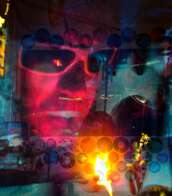


Friedrich Kallmorgen was a German Impressionist painter who specialized in landscapes and cityscapes.


Carl Johann Grund was a German and Austrian genre painter and portraitist.
He studied at the Academy of Fine Arts in Vienna and traveled throughout the Alpine countries and Italy. Johann Grund's works are in the collections of the museums of Karlsruhe, Mannheim, and Vienna.


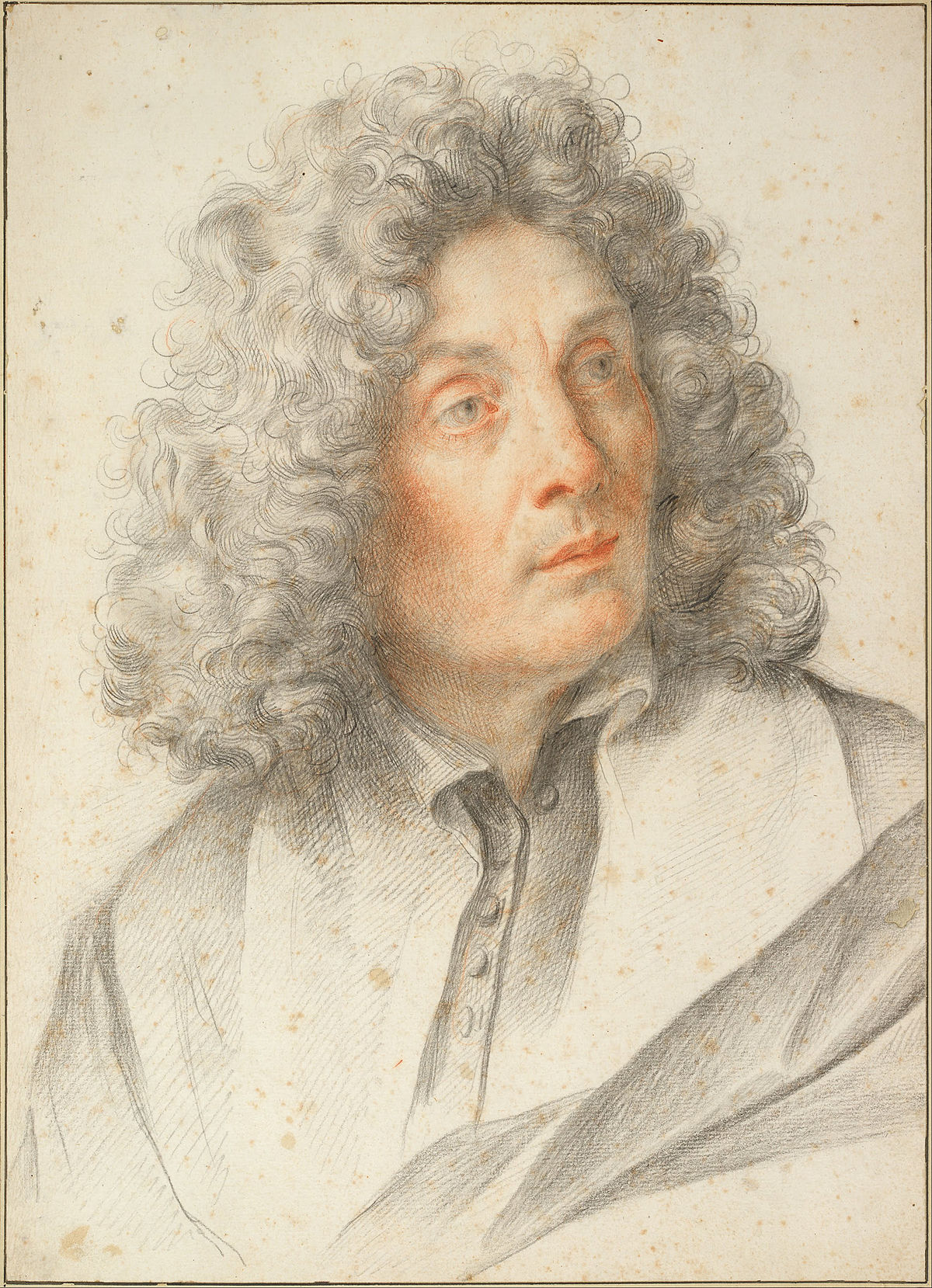
Carlo Maratta, an Italian painter, was a prominent figure in the Roman school of art during the late 17th century. Known for his classical approach to Baroque painting, Carlo Maratta's works were deeply influenced by the styles of Raphael and Andrea Sacchi, blending classical grandeur with Baroque expressivity. His training under Sacchi and subsequent exposure to Pietro da Cortona's coloristic style significantly shaped his artistic development.
Carlo Maratta's career flourished with a series of public and official commissions, making him a leading painter in Rome, especially after Bernini's death in 1682. His portfolio includes religious paintings, altarpieces, portraits, and fresco cycles, with a notable emphasis on paintings of the Madonna and Child, which reinterpreted High Renaissance motifs. His work was highly esteemed across Europe, influencing not only Italian art but also attracting the attention of English visitors on the Grand Tour.
One of Carlo Maratta's significant contributions to the art world was his involvement in painting restoration towards the end of his career, including works by Raphael and Carracci. This phase underscored his deep connection to the classical art tradition. Maratta passed away in Rome in 1713, leaving behind a legacy that continued to be celebrated in art history.
For art enthusiasts, collectors, and experts, Carlo Maratta's work offers a window into the transition between the Baroque and the emerging Rococo style, embodying a blend of dynamism and classical restraint. His paintings, many of which remain in situ in Roman churches, offer a testament to his enduring influence on Baroque classicism.
To stay updated on exhibitions and insights into Carlo Maratta's works, art aficionados are encouraged to subscribe for updates, ensuring access to the latest research and opportunities to view his celebrated works in museums and galleries around the world.


Giuseppe Zais was an Italian painter of landscapes (vedutisti) who painted mostly in Venice.


Uwe Herbst is a contemporary German landscape painter.


Kurt-Hermann Kühn is a German painter and graphic artist. He trained as a decorator and studied from 1946 to 1952 at the Academy of Graphic Arts and Printing in Leipzig and in Berlin at the Academy of Fine and Applied Arts.
Kurt-Hermann Kühn travelled to Syria and Egypt. These journeys are reflected in many of his paintings. In addition to his extensive painting and graphic work, he created many large-format murals, mainly frescoes. His portraits of women and erotic drawings have also attracted much critical attention.


Philip Morin Freneau was an American publicist, editor, and known as the "poet of the American Revolution".
After graduating from Princeton University, Freneau taught school and studied to become a minister. With the outbreak of the American Revolution, he began writing scathing satire on the British and the Tories. During a two-year voyage to the Caribbean islands, he created the poems "The Beauties of Santa Cruz" and "The House of Night," and in 1778 he became involved in the war. After his release from British captivity, Freneau wrote a book in verse, "The British Prison Ship" (1781).
After serving as a sea captain for several years, Freneau took up journalism. In his National Gazette newspaper in Philadelphia, he sharply criticized George Washington.
Freneau's poetry, which accompanied him throughout his life, covers a variety of subjects, including political situations, American Indians, nature, the sea, and naval battles. His political poems are often satirical, but his nature poems are very lyrical.


Uwe Herbst is a contemporary German landscape painter.


Friedrich Kallmorgen was a German Impressionist painter who specialized in landscapes and cityscapes.


John White Alexander was an American portrait, figure, and decorative painter and illustrator.




Giovanni Francesco Gessi was an Italian Baroque painter, one of the greatest masters of the Bolognese school of painting in the first half of the 17th century. Around 1607 he was an apprentice in the studio of Guido Reni. Together with his teacher he worked in Rome, Mantua and Ravenna.
During his apprenticeship Giovanni Francesco Jesse studied different artistic movements in contemporary Italy (around 1600), in particular those of the Bolognese and Neapolitan schools, and was able to create his own, original style by combining them and their mutual influence. He painted mainly on religious themes, but also on mythological subjects.

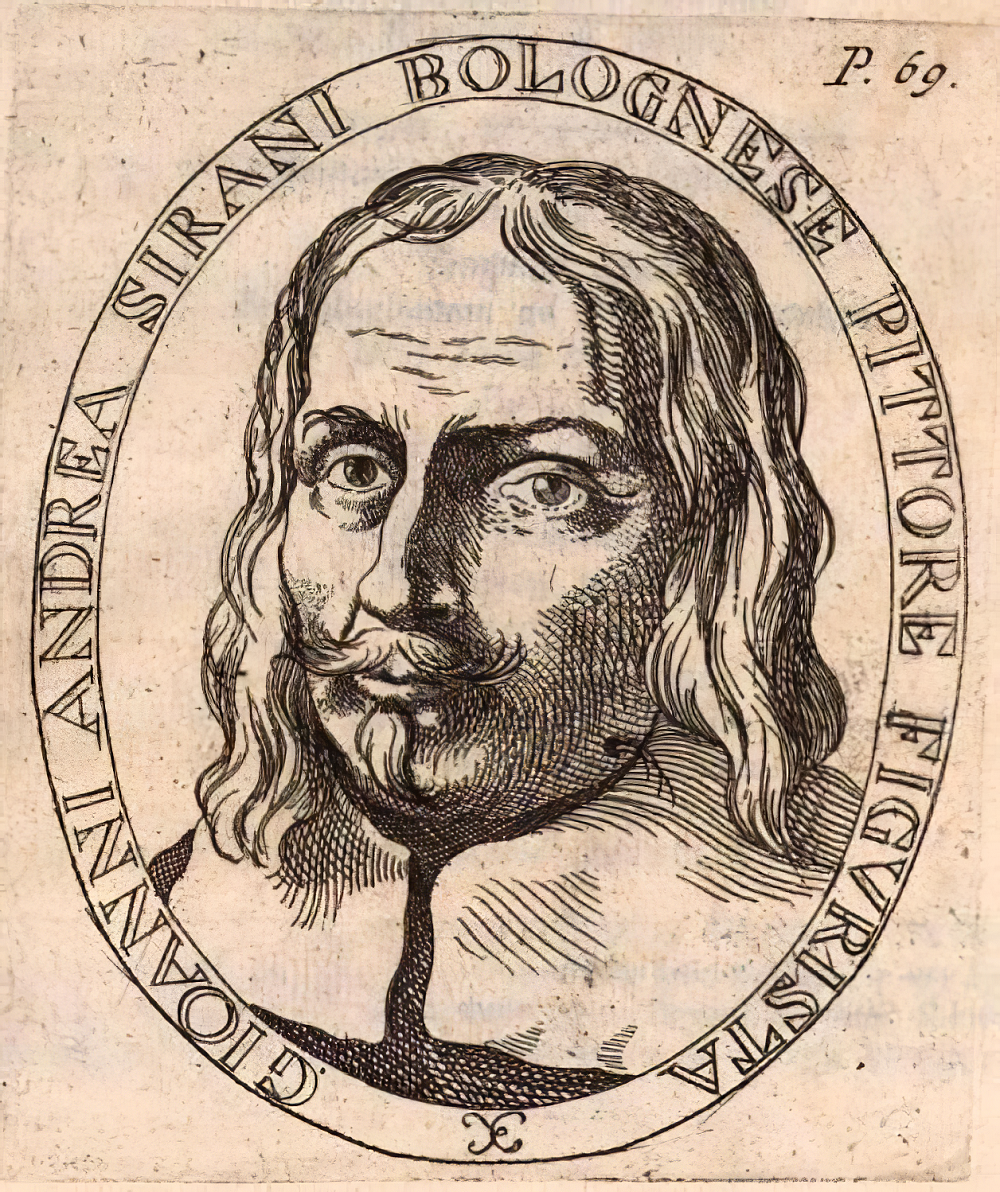
Giovanni Andrea Sirani was an Italian Baroque painter and printmaker, father of Elisabetta Sirani and the lesser known Anna Maria Sirani.
Giovanni Andrea Sirani began his artistic education through a brief apprenticeship in the studio of Giacomo Cavedone, only to join the school of Guido Reni, becoming a favourite pupil of the maestro.
Sirani's paintings can be found in various Bolognese churches. His recent works show the influence of the Venetian school.












































